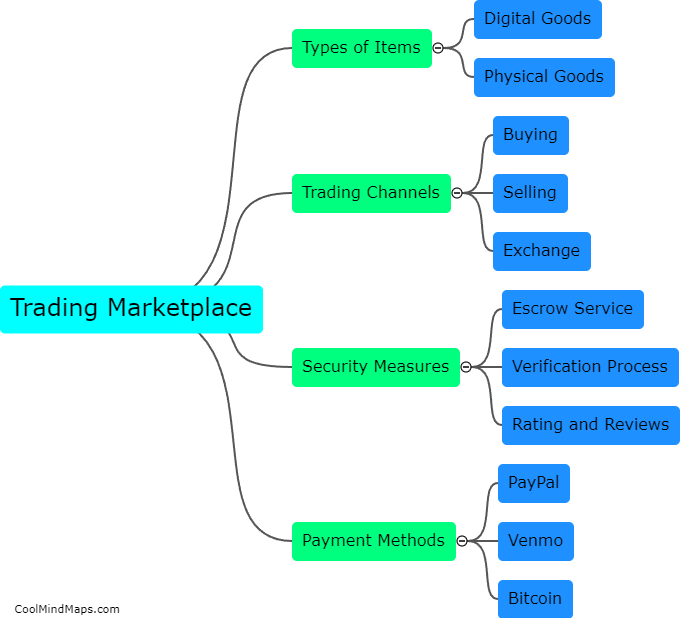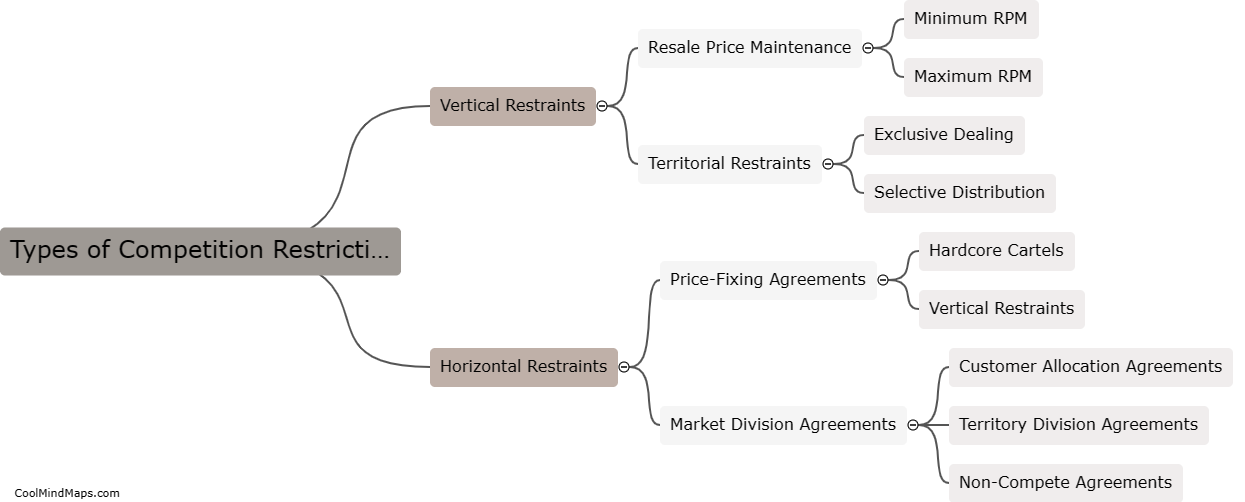How is price elasticity calculated?
Price elasticity is calculated by dividing the percentage change in quantity demanded by the percentage change in price. The formula for price elasticity is:
Price Elasticity = (% Change in Quantity Demanded) / (% Change in Price)
The result is a numerical value that indicates the responsiveness of demand to a change in price. If the price elasticity is greater than 1, it suggests that demand is elastic, meaning that a small change in price will lead to a larger change in quantity demanded. Conversely, if the price elasticity is less than 1, it indicates inelastic demand, where a change in price has a smaller impact on quantity demanded. Price elasticity is crucial for businesses and policymakers in understanding consumer behavior and making informed decisions on pricing and market strategies.

This mind map was published on 22 September 2023 and has been viewed 104 times.











